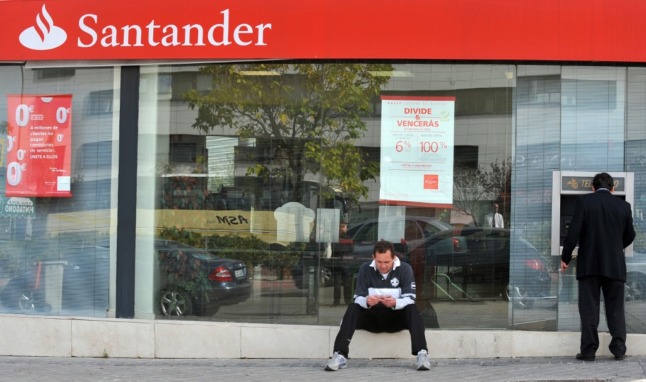Why does Spain want to introduce a national pet ID?
Spain’s General Directorate of Animal Rights aims to build a national database of pets in Spain.
According to Spain’s Minister of Social Rights and Agenda 2030 Ione Belarra, the identification of domestic animals will serve “to guarantee that we are on the right path and have a model where no animal is left to its own devices in Spain”.
The pet ID will contain basic information relating to the animal, such as its date of birth, the number of vaccines it has had or any mistreatment carried out by its owners.
Although not officially confirmed, the new ID document will likely include a photo of the pet.
The pet ID will reportedly make it easier to locate the owner of the animal in cases of abandonment.
In addition, the document will be compatible with the microchip that cats and dogs must have implanted at the vet when pet owners buy or adopt them.
What other documents do pet owners already need to have in Spain?
In order to legally own a pet in Spain, you need to have a health booklet (cartilla sanitaria) which includes its medical and vaccination records which has to be issued by a chartered veterinarian. This document also contains information about the pet and its owner.
The microchip implanted under animals’ skin is also compulsory for cats and dogs in Spain, and it is currently considered the main means of identification for pets in the country.
Proof that your animal has had the rabies vaccine is also essential.
For travel purposes, your pet will need to have a pet passport, compulsory for travel within the EU since 2015.
Veterinarian clinics are responsible for ordering these documents which contain much the same information as the upcoming DNI Animal – name, species, gender, breed, date of birth, microchip number, health record – but pet passports are only a requirement if you’re going to travel with them.
How else is Spain trying to protect its pets?
The DNI Animal is part of the draft bill for the Protection and Rights of Animals that Pedro Sánchez’s administration presented on October 6th, which also includes other measures that bolster animal rights in Spain.
One would hope that when it comes to protecting the country’s animals, there would be no major differences of opinion between Spain’s political factions.
The draft bill is set to be discussed by Spain’s Council of Ministers in November before being debated in the Spanish Parliament, so it could be that the introduction of this animal ID will be pushed back until late 2022.
Other measures in the draft bill include the requirement for people to do a training course before being allowed to adopt a pet, which teaches budding pet owners how to handle and care for their furry ones.
Only fish will be sold in pet stores if the new law passes, no more puppies and kittens in the window as this is deemed to incite “compulsive buying”. Instead, dogs and cats will have to be purchased from professional breeders or adopted at rescue shelters.
There will also be a limit of five pets per household, although this won’t be applied retroactively.
The Spanish government will also consider pets to be “living beings with feelings” and not objects in custody battles.





 Please whitelist us to continue reading.
Please whitelist us to continue reading.
Member comments